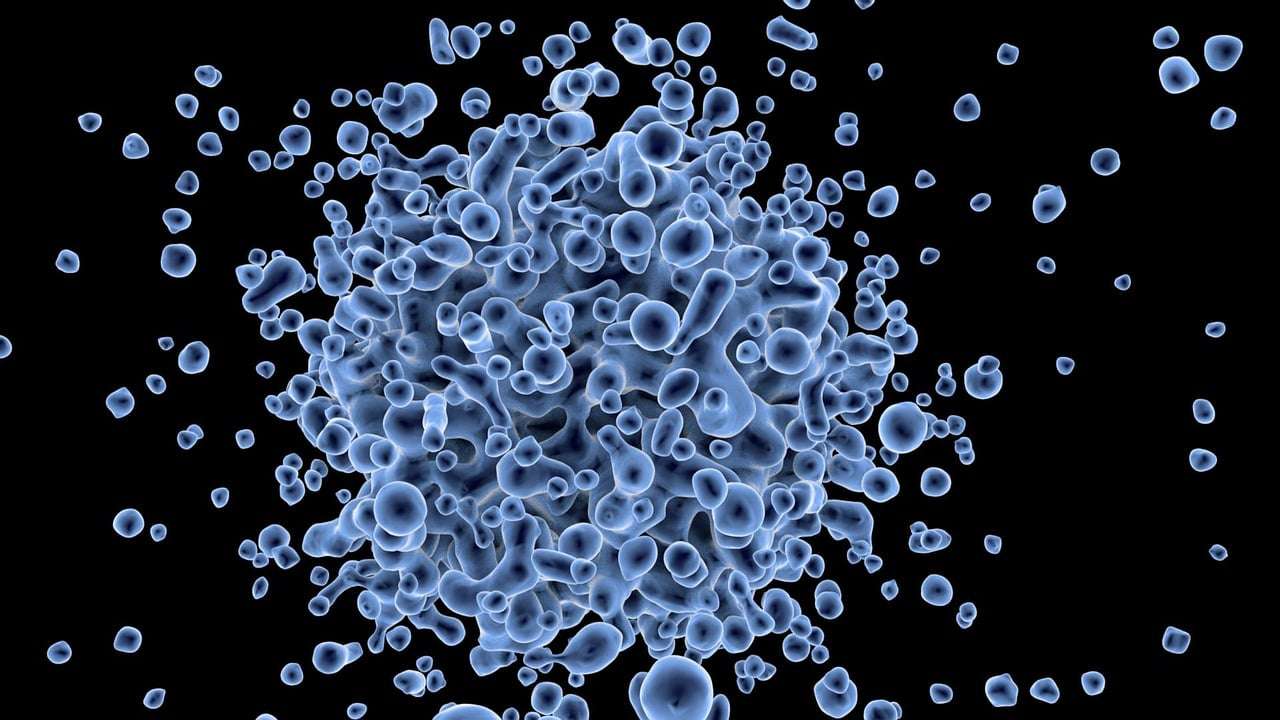Image Credit Pixabay
What is Zombie Virus?
These viruses, which have been stored in the ground for thousands of years, are possible agents of a new disease outbreak, according to geneticist Jean-Michel Claverie of Aix-Marseille University. The melting Arctic 'permafrost' may unleash 'zombie viruses,' potentially causing a global health crisis.
We haven't fully recovered from the last one, but specialists now believe that humanity could face the threat of the next pandemic from an odd source: melting permafrost in the Arctic area could release ancient viruses that could potentially harm humans.
These "zombie viruses," sometimes known as Methuselah viruses after the biblical character, have already been detected by researchers, raising concerns about a new worldwide disaster, according to The Observer. To combat the possibility that diseases from the distant past will return to haunt us, scientists are suggesting an Arctic monitoring network that could detect early cases of a sickness caused by ancient microorganisms.

This network might also give quarantine assistance and skilled medical treatment to sick individuals in an effort to keep them from leaving the region.
"At the moment, pandemic threat analyses focus on diseases that could originate in the south and spread north. In contrast, little attention has been paid to an outbreak that may start in the far north and then spread south - an omission, I feel. "There are viruses up there that have the potential to infect humans and spark a new disease outbreak," scientist Jean-Michel Claverie of Aix-Marseille University told The Observer.
Permafrost is soil or submerged silt that has remained at temperatures below freezing for an extended length of time. Some of the oldest permafrost has been frozen for approximately 7,000,000 years. It covers roughly one-fifth of the planet's northern hemisphere and is frigid, dark, and oxygen-deficient.
This makes permafrost ideal for keeping biological material. Last year, scientists revived microscopic worms that had been frozen in Siberian permafrost for 46,000 years.
In 2014, Michel Claverie of Aix-Marseille University and a team of scientists found live viruses in Siberia and demonstrated that they could still infect single-cell organisms despite being buried in permafrost for thousands of years. These viruses can only infect amoeba and pose no harm to humans, but they raise the prospect of other hazardous viruses hiding in the permafrost.
News, Health, Travel & Entertainment Telegram Channel Click to Join Infimor
KK
